What is an iPod? Why has Apple discontinued MP3 player after 21 years - and iPods history from Touch to Nano
and live on Freeview channel 276
Apple has discontinued the iPod - 21 years after it was first launched.
When the revolutionary music device was released in 2001, it could only store 1,000 tracks.
Advertisement
Hide AdAdvertisement
Hide AdBut with the 2019 release, the last iPod update, the device could hold up to 33,000 songs, with over 90 million songs available on Apple’s streaming service.
Here we take a look back on the history of the iPod and how it evolved over the 21 years it’s been on the market.
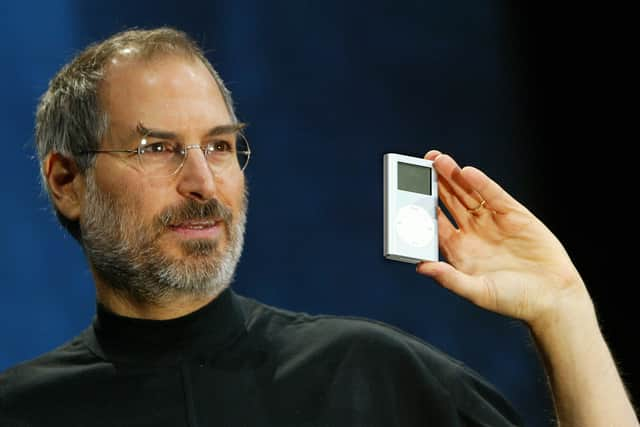

The history of the iPod
When the iPod was first introduced by late Apple co-founder Steve Jobs, it had a 10-hour battery life and was the first MP3 player capable of storing 1,000 songs.
The iconic iPod has regenerated over the years into models such as the iPod Touch, iPod mini and iPod nano.
Advertisement
Hide AdAdvertisement
Hide AdHowever, many experts predicted it was unlikely to remain in production much longer because of the rise of the iPhone and other smartphones which come with in-built music players.
The iPod Classic
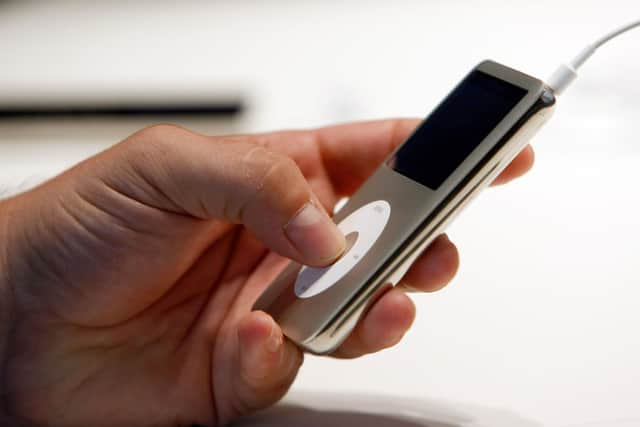

The iPod Classic was released on the market on October 23, 2001, capturing interest with its sleek design and its metallic back.
There were six generations of the iPod Classic, and each generation was released annually. The renowned design of the iPod Classic was released in the fourth generation.
By 2003, the iPod had 40GB storage, but this increased to 160GB in 2007.
The iPod Mini
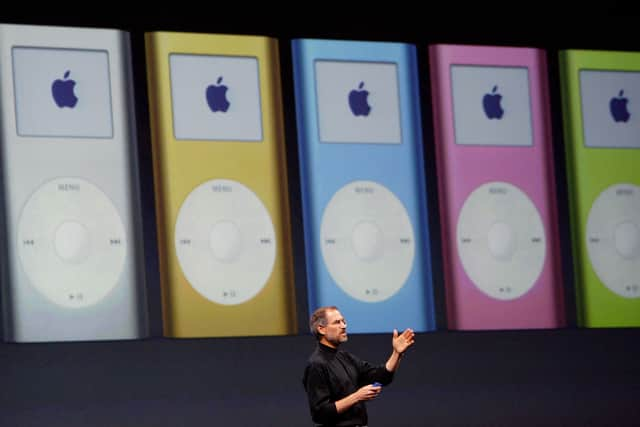

Advertisement
Hide AdAdvertisement
Hide AdTo start being compact and invisible, the iPod Mini was introduced in 2004 but only lasted two generations.
This iPod was marketed for its vibrant colours, and small design, fitting in a maximum of 6GB for songs.
The iPod Nano
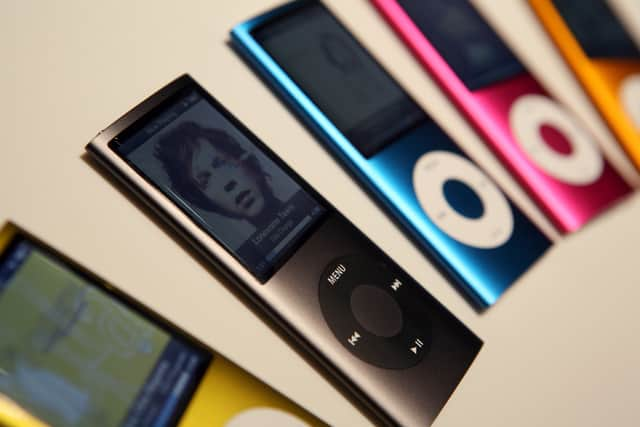

The nano was created to replace the iPod Mini and was first introduced in 2005. Going through seven generations, this spin-off of the Classic was on the market for 11 years and 10 months before being discontinued.
With its drastic changes in the sixth generation, the iPod Nano may be well remembered for its square screen and distinct lack of buttons, with the ability to give 24 hours of music playback on a single full charge.
Advertisement
Hide AdAdvertisement
Hide AdThe seventh generation, however, grew back into the standard size, and multiplied in rainbow colours, from pastel yellows to reds.
The iPod Shuffle
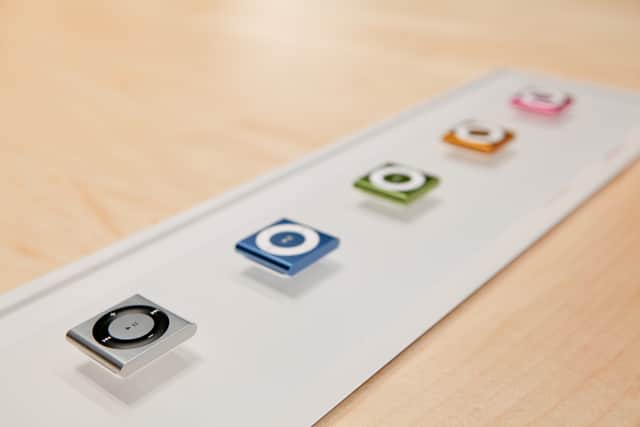

Knownfor its distinct design, the iPod Shuffle was all buttons and no screen but featured a chic clip leading to millions of people attaching this make onto lapels like a broach.
The reason for the change? According to Apple, owners of iPods left their music on shuffle, and implementing this design was more cost-effective.
The iPod Shuffle lasted four generations, and could store up to 240 songs.
Advertisement
Hide AdAdvertisement
Hide AdBut it’s the fourth generation of the iPod Shuffle many remember - with it being small enough to fit in the palm of a hand and having big buttons.
This make was available in 29 languages and featured the famous VoiceOver from the third generation.
The iPod Shuffle was discontinued on 27 July 2017, after 12 years and six months on the market.
The iPod Touch
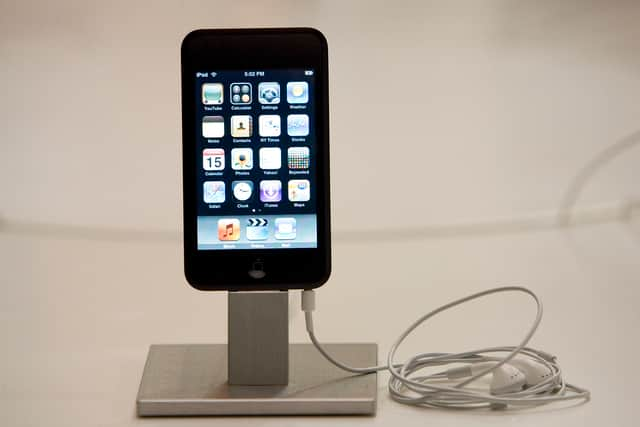

First created in 2007, the iPod touch is the last in the line of the iPods.
Advertisement
Hide AdAdvertisement
Hide AdMimicking a smartphone in all ways but the phone feature, the iPod Touch is known for its versatility and adaptability.
In seven generations, this iPod was a combination of all the ones above but could be supported with IOS with the final model being released on the market on 28 May 2019.
With its discontinuation, it marks the end of a revolutionary era.
Why has the iPod been discontinued?


With the rise of iPhones and similar devices, the iPod has become redundant, which has led to its discontinuation.
Advertisement
Hide AdAdvertisement
Hide AdGreg Joswiak, Apple’s senior vice president of worldwide marketing, said the iPod had “redefined how music was discovered”.
He said: “Music has always been part of our core at Apple, and bringing it to hundreds of millions of users in the way iPod did impact more than just the music industry — it also redefined how music is discovered, listened to, and shared.
“Today, the spirit of iPod lives on.
“We’ve integrated an incredible music experience across all of our products, from the iPhone to the Apple Watch to HomePod mini, and across Mac, iPad, and Apple TV.
“And Apple Music delivers industry-leading sound quality with support for spatial audio — there’s no better way to enjoy, discover, and experience music.”
Apple said it would continue to sell the Touch, the last remaining generation of the iPod on sale, “while supplies last”.
Comment Guidelines
National World encourages reader discussion on our stories. User feedback, insights and back-and-forth exchanges add a rich layer of context to reporting. Please review our Community Guidelines before commenting.
